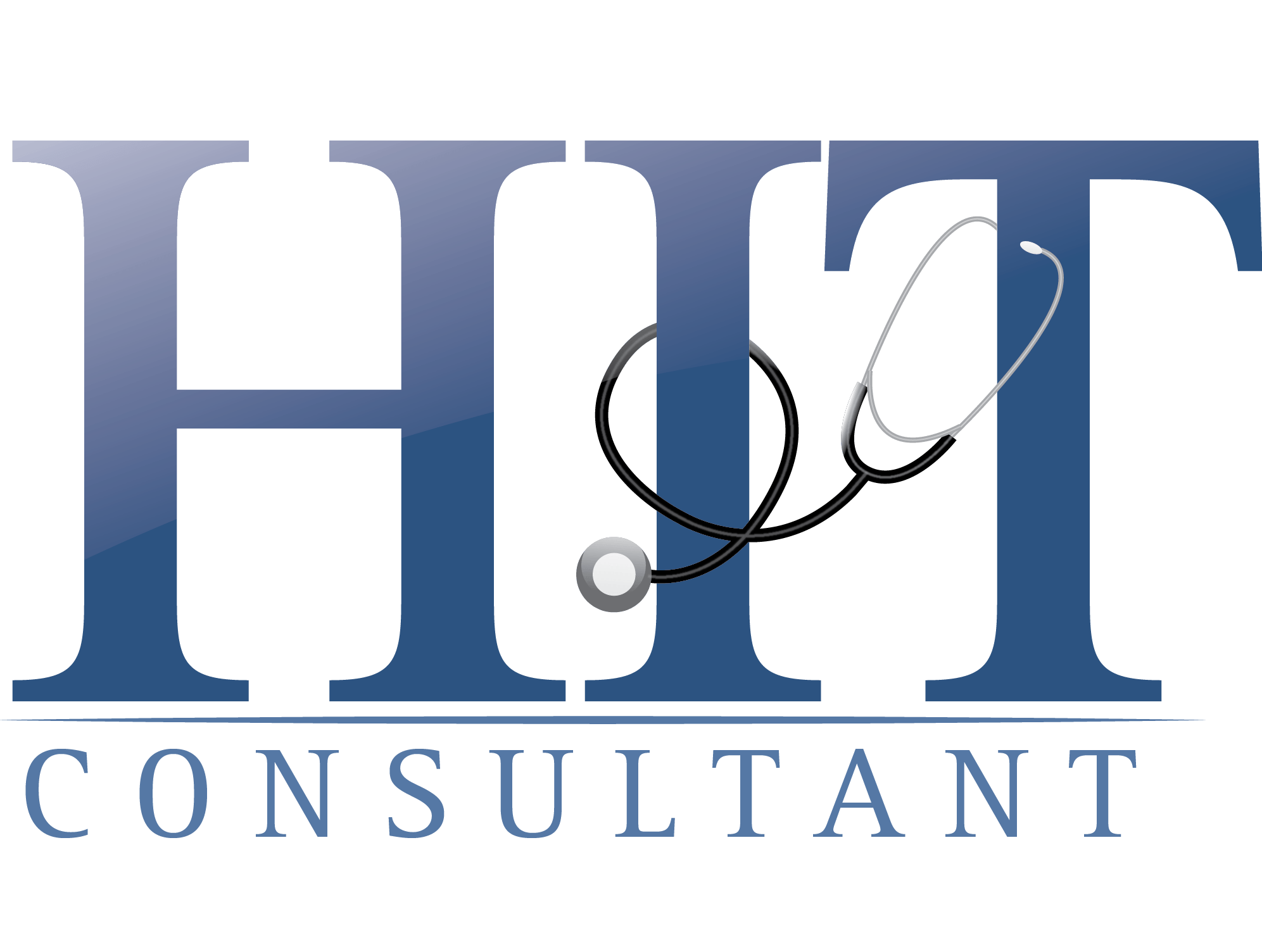
There are close to a quarter million primary care physicians in the U.S., more than any other individual specialty, and about half the total number of all specialists combined. Yet, somehow, primary care seems to lack the power and social influence necessary to chart its own professional course. As the availability and granularity of specialist physicians increased, the value proposition of a generalist primary care doctor seems to have become unclear to those who pay for medical services and to physicians as well. As a result, primary care medicine was forced to price itself lower than specialized medicine, and now it is being forced to compete with a variety of other business models. Primary care seems to be experiencing an identity crisis, unable to decide if it is the cornerstone of medicine, or an antiquated service whose time has passed.
What is primary care?
The primary care name itself can be understood in two very different ways, depending on how you translate the word primary. It could be seen as the first step one needs to take when engaging with the medical system, a step followed by secondary care, tertiary care, etc. This is the gatekeeping view, where primary care doctors apply their knowledge to direct patients to appropriate specialized resources, if necessary. Since there could be multiple specialized resources, and since medicine is very complex, the gatekeeper doctor is also tasked with follow up, coordination and general supervision. In the business world, this job is known as project management, and it is usually filled by workers that need not be expert at anything other than management of tasks and resources.
Another way to look at primary care is to assert that it is the central and predominant type of medical care, or the way most medical care is provided. In this model, the primary care physician is expected to treat and resolve all but the most unusual medical problems, which may from time to time require a consult with a specialized resource. A consult is not the same as a transfer of care. This type of practice requires that the primary care physician has more knowledge and more understanding of the patient than all transient specialists put together. And this type of super doctor cannot be either underpaid or easily replaced. Unfortunately, short of some old timers here and there, nobody practices primary care quite this way anymore.
There are many reasons why medicine developed into an essentially fragmented model of care. The often touted explosion in medical knowledge, beyond what one human can accumulate and apply, is probably not as instrumental here as money and power seem to be. There are only a handful of diseases that make life miserable for most people, and eventually kill us all, and data shows that most medical resources are spent on a tiny percentage of people at any given time. It is difficult to reconcile these realities with the assertion that we need hundreds of thousands of highly specialized resources, because no one doctor can master the intricacies of a few run of the mill diseases occurring over and over across the board, and seriously affecting only a minority of patients. This, by the way, should not be confused with the obvious need for having a great variety of specialized research in academic and industry settings.
Whatever else it might be, primary care is a $100 billion per year industry in complete disarray. In addition to its own revenues, primary care as it stands today, heavily influences the flow of revenues in all other health care sectors. This should explain rather nicely why so many businesses are trying to be part of it, trying to reform it, reinvent it, flip it, control it, or just replace it. What practically all these innovations have in common is a tacit agreement to adopt the lighter definition of what primary care consists of, for the very simple reason of reducing barriers to entry into this potentially lucrative market.
Keeping People Healthy
In today’s complex environment, individuals cannot be trusted to care for themselves or their children, and rightfully so. The survival and prosperity of our society is predicated on passive consumption of massive quantities of goods and services. Our electronic way of life is designed based on the timeless axiom of “don’t make me think”, and an extra click of a button is considered undue burden on average consumers. We are expected to ingest billions of Big Macs to keep the economy chugging, and go through trillions of disposable trinkets sold on the Internet to keep WWIII from erupting. Even getting the news every morning has been replaced with news “feeds” to save you the long walk down the driveway to pick up the old newspaper. And turning pages, even on the Internet, is too much of an imposition. What makes us excellent consumers is also rendering us unfit to be trusted with our own health.
In this age of patient empowerment and freedom from paternalistic physicians, it seems that primary care doctors are being put in charge of keeping us healthy. It only seems that way though, because nobody needs a doctor’s education and expertise, not to mention expense, to figure out what every good grandma, and every single one of us, knows already. Besides, going to see a doctor does not fit with our tried and true, instantly gratifying, passive consumption paradigm. In our new way of so called life, primary care becomes an electronic assistant that uses, and is used by, every consumer, every day. Note that the modern term “primary care provider” is specifically geared to this low level function. Nobody uses the term cardiology provider, or surgery provider, or even pediatrics provider, to refer to a medical doctor. Primary care is different.
– Primary care monitors your food intake and level of exercise, reminding you to eat your veggies (or no desert) and take your constitutional regularly
– Primary care reminds you, or schedules for you, health screenings and preventive care services as recommended by your government
– Primary care monitors your vital signs and lets you know if normal parameters are exceeded
– Primary care answers your questions if you feel under the weather, or just concerned that you might be
– Primary care treats minor illness and injuries, such as mosquito bites and nail fungus
– Primary care is available 24×7 from the comfort of your iPhone, or in extreme cases next to the bakery counter at your favorite discount store
– Primary care is provided by Siri and augmented by certified technicians with impeccable customer service credentials
If you have a sudden urge to kick me in the shins right now, remember that primary care is not your profession. You are credentialed in Family Medicine, Internal Medicine or Pediatric Medicine, keyword here being Medicine. Yes, you may be providing some of these services for some of your patients, mostly for free, but is this really what you want to do all day, every day? Yes, having people come see you when they are healthy, better equips you to care for them when they are sick, but this seems a luxury few can afford today. The new primary care has as much to do with practicing medicine, as fixing traffic tickets has to do with practicing law. It is a piece of your old practice that has been successfully carved out by competing businesses that can and will be providing these, and many more, services to your patients. And if you’re not careful, specialists will take whatever is left on your plate.
Healing the Sick
When primary care was defined by Barbara Starfield as high quality, compassionate, comprehensive general medicine, it was an honor to be called a primary care physician. Today, the term is becoming essentially oxymoronic. Physicians, contemplating the plucking of low hanging fruit from their scope of practice, are usually concerned with being forced to juggle a schedule full of complex patients, with no cognitive respite throughout the day. This, however, is highly unlikely. If you subtract the healthy and easy patients from your schedule, they are not going to be magically replaced by an equal number of very sick individuals. Instead of 25 to 30 spurts of quick encounters, you are more likely to experience 12 to 15 long visits per day. Is that so bad?
It is very bad if your pay rate stays the same. It is spectacularly good if it doubles and triples. Whereas primary care physicians of the past are trapped in high-volume hamster wheel races, the new family docs, internists and pediatricians will be providing real value to their patients. Since the pundits are screaming from every rooftop that we should be transitioning from volume to value, this seems like a perfect arrangement for all stakeholders. Value, of course, needs to be valued, so paying, say, $300 for a doctor visit (not to be confused with primary care) sounds pretty respectable to me.
Corner drugstores are full of medicines and gadgets that used to be exclusively available from doctors. There is nothing new in transitioning tests and therapies into the hands of the lay public. You don’t have a microscope and a rabbit in your office, do you? Quit worrying about nurses and retail stores and the Internet stealing your lunch. You didn’t go to medical school to coach poor people on their sinful lifestyles and their need to be righteous and deserving of charity. You wanted to heal the sick, so have at it. If you want to fight for something, don’t fight for volume. Fight for value. Your value.
Margalit Gur-Arie is the founder, BizMed. She writes regularly about the intersection of healthcare & technology on her site: On Health Care Technology. Follow her on Twitter at @margalitgurarie
Featured image credit: adrianclarkmbbs

